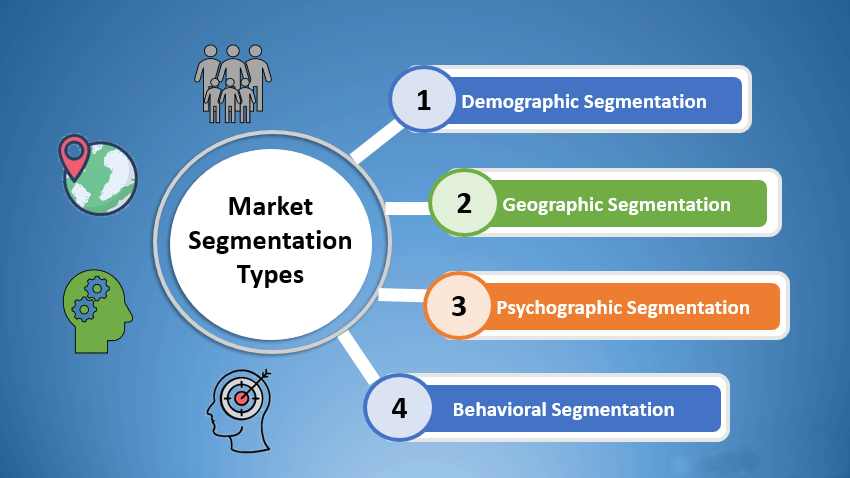Using market segmentation, you can focus your advertising on the people who are most likely to become loyal clients or voracious readers of your material. A segment can be based on one or more characteristics. Customized content and more precise targeted marketing are made possible by segmenting an audience in this way.
We will discover what market segmentation is in this post and how it enables you to successfully target the right audience with your marketing efforts to ensure your company’s success. Vega defines market segmentation and discusses how it might assist you in identifying your target market.
What is Market Segmentation?
To ensure that marketing initiatives are more targeted and concentrated, a business may segment all its clients into different market groups. Market segmentation allows for groups based on various factors, including behavior, age, and income levels.
When opposed to a wide marketing campaign that advertises to the general public. You should be able to acquire a greater response rate if the marketing campaigns you develop are targeted to extremely narrow subgroups of clients. The same holds when creating a product that you want to promote.
Types of Market Segmentation?
Segmentation should always be one of your first stops when trying to increase your marketing efficiency. Among the several categories of market segmentation are:
Demographic Segmentation
Demographics are a breakdown of your target market’s personas based on superficial characteristics like age or gender. These characteristics provide basic details about your clients.
These are frequently regarded as one of the more inclusive segmentation kinds. Age, income, family size, education, and gender are a few examples of demographic segmentation. Explore these areas in depth to save time and money while better understanding your target audience.
Psychographic Segmentation
Customer segmentation that emphasizes internal or qualitative characteristics is known as psychographics. Psychographic characteristics, like demographic segmentation, are only apparent when you look at your consumer.
Psychographics need more in-depth research. To create a brand personality or brand personification, employ psychographic segmentation.
Behavioral Segmentation
Behavioral segmentation focuses more on clients’ purchasing tendencies than demographic segmentation. It’s also one of the consumer profile kinds that marketing initiatives most frequently use.
Behavior patterns, such as customer loyalty or degree of engagement, that are unique to consumer encounters with a brand or business are included in behavioral segmentation.
Geographic Segmentation
The analysis of your customers’ locations, which might impact more in-person encounters in the market, is known as geographics. Consumers living in the same regions could have similar tastes.
This makes this kind of market segmentation a great complement to more ethereal kinds, including behavioral. However, geographic segmentation can also encompass geographical areas that aren’t strictly delineated, such as neighborhoods.
Firmographic Segmentation
Firmographics can be used to define the characteristics of enterprises or firms. Like demographics are to individuals, firmographics are to businesses and investors.
This kind of segmentation may be used by businesses to decide whether or not a smaller corporation is suitable for investment. Businesses may use firmographics to discover opportunities based on size, scale, and finance because there are millions of companies globally.
How Important Are Market Segments?
Market segmentation is crucial because it enables you to precisely define your target market. Your company’s objectives, and the best way to organize your advertising efforts. By employing this technology, you may do away with the necessity to develop goods or marketing strategies that generally appeal to everyone.
You should boost brand loyalty and client retention by figuring out the groups of your audience you can most successfully promote. Once you’ve done market segmentation, you’ll be able to effectively target the very precise desires and demands of each audience category.
To effectively use market segmentation, be sure to set your segmentation goals. Identify potential customer segments in your audience through data collection. Develop a segmentation strategy that is narrowly focused, and move forward with a launch strategy that targets the appropriate customers.
Conclusion
Because it enables businesses to identify which consumers care about them and comprehend their demands well enough to communicate in a way. It assures brand success, and market segmentation is a very successful technique. Start your study right now so that you are aware of what market segmentation is. Use online surveys to gather the data you need to understand your target audience.



